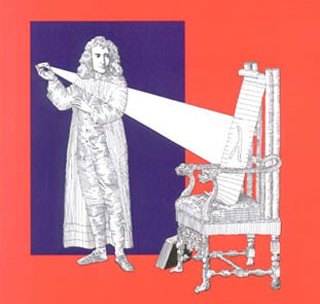
Cover image from the course textbook, written by the instructors. The full text can be found here. (Image courtesy of MIT Press. Used with permission.)
Instructor(s)
Prof. Gerald Sussman
Prof. Jack Wisdom
MIT Course Number
12.620J / 6.946J / 8.351J
As Taught In
Fall 2008
Level
Graduate
Course Description
Course Description
We will study the fundamental principles of classical mechanics, with a modern emphasis on the qualitative structure of phase space. We will use computational ideas to formulate the principles of mechanics precisely. Expression in a computational framework encourages clear thinking and active exploration.
We will consider the following topics: the Lagrangian formulation; action, variational principles, and equations of motion; Hamilton's principle; conserved quantities; rigid bodies and tops; Hamiltonian formulation and canonical equations; surfaces of section; chaos; canonical transformations and generating functions; Liouville's theorem and Poincaré integral invariants; Poincaré-Birkhoff and KAM theorems; invariant curves and cantori; nonlinear resonances; resonance overlap and transition to chaos; properties of chaotic motion.
Ideas will be illustrated and supported with physical examples. We will make extensive use of computing to capture methods, for simulation, and for symbolic analysis.
Other Versions
Other OCW Versions
Archived versions: ![]()


